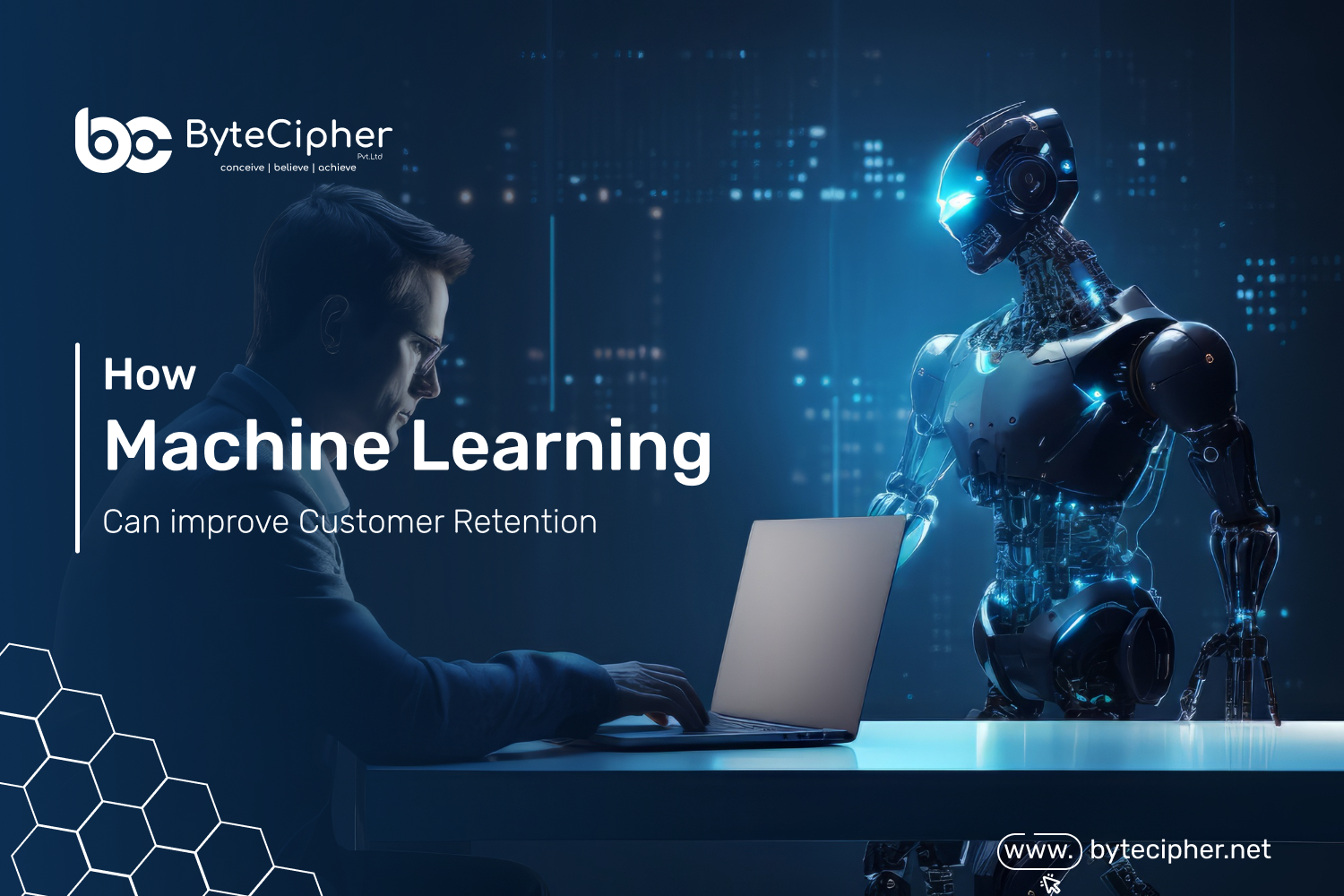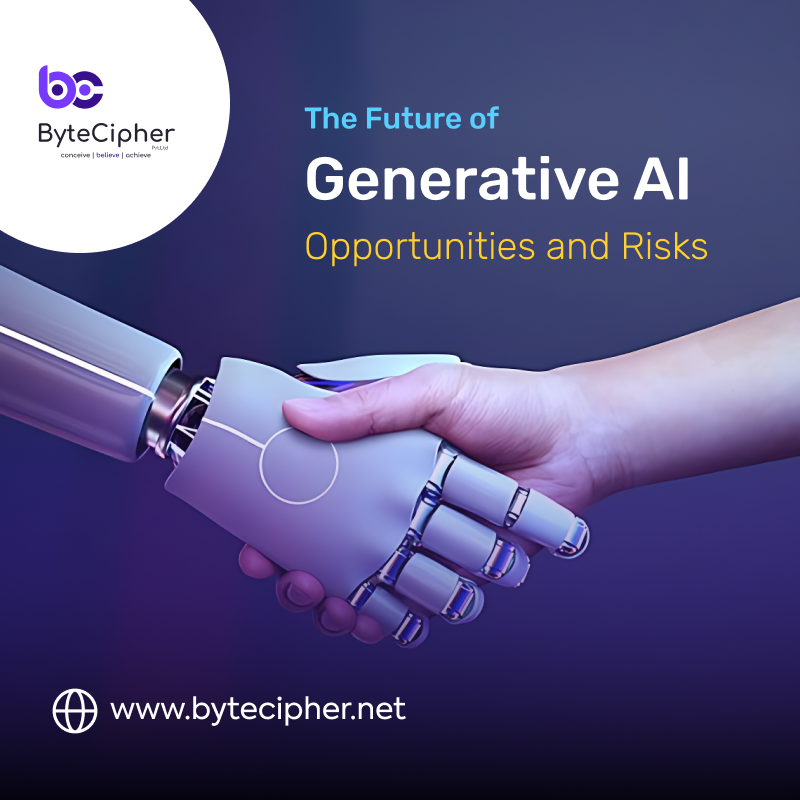
Long-term company success is based on keeping customers. Research indicates that a mere 5% increase in client retention can result in a 95% increase in earnings. Customers now demand real-time customisation, proactive support, and genuine involvement, so traditional loyalty schemes are insufficient. Machine learning can help with it.
Businesses may anticipate demands and take action before consumers leave by using machine learning (ML) algorithms to scan large datasets and find hidden patterns in customer behavior. Whether in banking, SaaS, or e-commerce, machine learning is now crucial for any business that prioritizes its customers.
Key Takeaways
-
By enabling data-driven decision-making, machine learning helps companies anticipate client behavior and proactively lower attrition.
-
ML customizes offers, information, and assistance on an individual basis, which is essential for retention.
-
Using machine learning to automate tasks lowers operational effort, guarantees quicker communication, and boosts engagement.
- By enhancing service and feedback management, ML helps to swiftly address problems and keep customers from leaving.
-
For retention initiatives, a targeted, smart marketing mix based on machine learning insights guarantees the highest return on investment.
What is machine learning?
Without being specifically coded for every situation, software systems can automatically learn from data and gradually improve performance thanks to machine learning (ML), a subfield of artificial intelligence (AI). It makes predictions, finds trends, and continuously improves outputs based on fresh data using algorithms.
When it comes to keeping customers, machine learning enables companies to:
- Utilize engagement data, usage patterns, and behavior to forecast client attrition before it occurs.
- Adapt offers, information, and product recommendations to each customer’s interests to create individualized experiences.
- Utilize intelligent chatbots and customized email flows to automate support and communications
- Utilize client input to gain insights that will improve service delivery and product development.
usinesses may use machine learning (ML) to make more informed, quicker, and proactive decisions, which will increase customer happiness, retention rates, and long-term growth.
Learn More About the Clients
By evaluating vast amounts of both organized and unstructured data, machine learning helps companies gain a more thorough and precise understanding of their clients. This include demographic data, past purchases, browsing habits, client testimonials, and support correspondence.
How It Helps:
- Customer segmentation: More individualized marketing tactics are made possible by ML’s ability to automatically categorize users according to their behavior, preferences, or lifetime value.
- High-Value Customer Identification: Companies can determine which of their customers are the most lucrative and devoted by looking at their spending patterns and levels of involvement.
- Churn Risk Signals: Machine learning identifies minute behavioral shifts that frequently occur before client attrition, such as decreased usage or postponed purchases.
- Understanding Customer Sentiment: Businesses can identify factors that influence customer happiness and deal with common problems by conducting sentiment analysis on reviews, surveys, or support queries. development.
usinesses may use machine learning (ML) to make more informed, quicker, and proactive decisions, which will increase customer happiness, retention rates, and long-term growth.
Increasing Client Retention and Loyalty
By determining what motivates recurring behavior and adjusting retention tactics appropriately, machine learning increases client loyalty. Businesses can take individualized, data-supported actions that build lasting relationships by using machine learning (ML) to analyze user activity, feedback, and engagement patterns.
How It Helps:
- Personalized Retention Campaigns: ML improves retention results by determining which incentives (such as special offers or discounts) are most effective for various groups.
- Timely Engagement Triggers: Algorithms identify potential disengagement points in customers and start proactive outreach (such loyalty rewards or reminders).
- Optimized Product Suggestions: Users are kept interested and return when highly relevant products or content are suggested.
- Improved User Onboarding: ML finds areas where the early user journey is difficult and makes recommendations for changes to enhance first impressions and lower early turnover.
Businesses may lower the cost of regaining lost clients while increasing customer loyalty by implementing these ideas.
Enhancing Customer Service
Retaining customers requires excellent service, and machine learning is revolutionizing the way help is provided. By means of AI chatbots, automatic ticket routing, and predictive support, machine learning guarantees that clients receive assistance more quickly and precisely.
How This Benefits:
- Customer service is available around-the-clock: AI-driven chatbots respond quickly to common questions, increasing accessibility and lowering human labor.
- Predictive Issue Resolution: ML avoids customer discontent by identifying and fixing problems before they are even reported.
- Support responses that are more specifically targeted and efficient are based on user profiles and past interactions.
- Shorter Wait Times: Automated processes and intelligent ticket triage decrease wait times, which increases customer satisfaction.
Automating Customer Communications
Outreach done by hand cannot grow; behavior-driven, automated communication is made possible by machine learning. ML guarantees timely, pertinent communications based on real-time consumer behavior and preferences, whether it be through emails, push alerts, or in-app messages.
How It Helps:
- Reminders for Abandoned Carts: Set up automated reminders for clients who leave items in their carts without making a purchase.
- Post-Purchase Follow-Ups: Following a transaction, provide prompt updates, review requests, or useful advice.
- Usage Drop-Off Alerts: Recognize patterns of inactivity and launch campaigns to engage users again.
- Customized Cross-Sell/Upsell: Make recommendations for related goods or services based on past usage and preferences.
Managing Complaints
If left unanswered, complaints are a big source of employee turnover. Machine learning enables companies to quickly identify, evaluate, and rank consumer complaints, guaranteeing prompt, individualized replies and long-term problem solving.
How This Benefits:
- Sentiment analysis: Recognize the emotions and tone of customers in reviews, emails, and conversations to determine the level of urgency.
- Automated Issue Tagging: Quickly categorize complaints according to product, topic, or level of severity to expedite triage.
- Using smart routing: Complaints are routed to the best team or agent depending on context and complexity.
Concentrating on the Marketing Mix
Through the identification of the optimal pricing, messaging, channel, and timing combinations for each client category, machine learning assists marketers in optimizing their strategy. A better return on investment and more effective marketing are the results of this.
How This Benefits:
- Dynamic Pricing: Real-time price adjustments based on competition activity, demand, and customer behavior.
- Personalized Ad Targeting: Show users very relevant advertisements according to their interests, previous interactions, and predictive behavior.
- Optimized Product Bundling: Construct high-performing bundles by determining which products are frequently purchased together.
- Channel & Timing Optimization: Find out which marketing channels and times work best for various market categories.
Final Thoughts
It is no longer enough to only give discounts or points to retain customers in today’s fiercely competitive market. Understanding your clients well, foreseeing their wants, and continuously providing value are key components. Making data actionable in real time is made possible by machine learning.
When you invest in machine learning (ML) for customer retention, you can see quantifiable business results in terms of revenue and reputation, regardless of whether you’re just beginning with churn models or are currently employing AI to personalize your user journeys.



